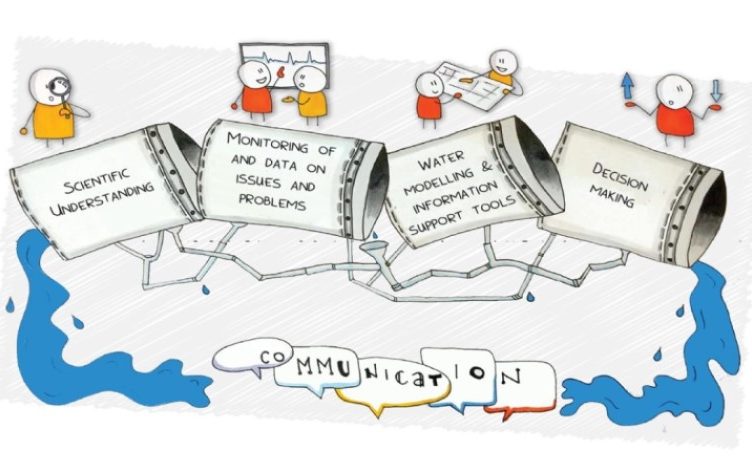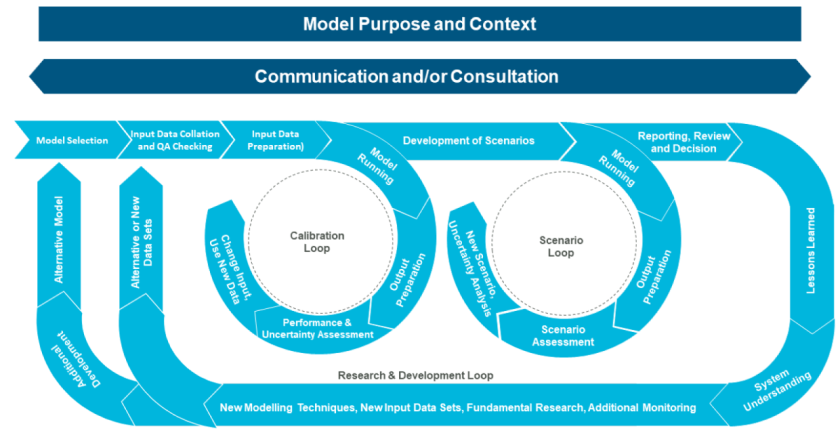
05/12/2024
Event Summary: Overview of water quality modelling projects from the Queensland Water Modelling Network with Callym Dunleavy
Read more
The QWMN has, for the past few years, been building strategic capacity in the Queensland water modelling and user sector through a set of mechanisms and activities designed to foster connection, build social and knowledge capital and enable collaboration between different kinds of organisations - state government, local government, federal agencies, consulting firms,water utilities, Universities and NRM groups. The QWMN is now in a process to complement these large scale efforts by creating a new mechanism to build technical modelling skills and knowledge in water modellers from across the State - a mechanism that we started off calling the 'User Group' but which is now moving to being called the 'Water Modelling Hive'.
The idea for such a mechanism came from conversations with Lindsay Millard of seqwater at the 2018 QWMN Forum where we talked about the need for skills development in coding in python. Those conversations gradually evolved and gathered speed as we engaged with Daniel Botelho from BMT and David Hamilton from the Australian Rivers Institute – we were developing the idea that we could create a group that uses a water modelling workflow as a framework for dividing up what is actually involved in water modelling over time into different areas of capability.
These conversations culminated to date in a workshop held in September with 46 water modellers mostly from Queensland but spread across the States of Australia and even internationally.
To structure the conversations in the workshop, and more broadly the work of the Hive, Dan Botelho had bravely developed a conceptual framework of the key activities / tasks in a water modelling workflow. That framework is shown below.

The framework divides water modelling into the following activity/task areas:
The workshop participants listened to Daniel explain the overall framework, engaged in some discussion then were split into break out groups to identify the key knowledge, and skill development needs of water modellers in each of the 4 workflow areas.
What was identified? Perhaps not surprisingly with 46 modellers, a lot! Below is a brief summary of the top ones from each group:
There was additional discussion on how to operationalise the Hive. This included broad agreement that activities / events were essential. There were some voices in favour of having a platform for sharing and others in favour of not having a platform, or at least not MS Teams!
With the diversity of voices and the breadth and volume of needs identified we have decided to run an informal event at the Ship Inn in Brisbane on Friday 19th November 3:30pm-5:30pm to help us determine what to focus on. If you can be in Brisbane then please register (free) and come along. If you are further away then please contact Brian on b.mcintosh@griffith,edu.au with your views on what is most important to you and why.